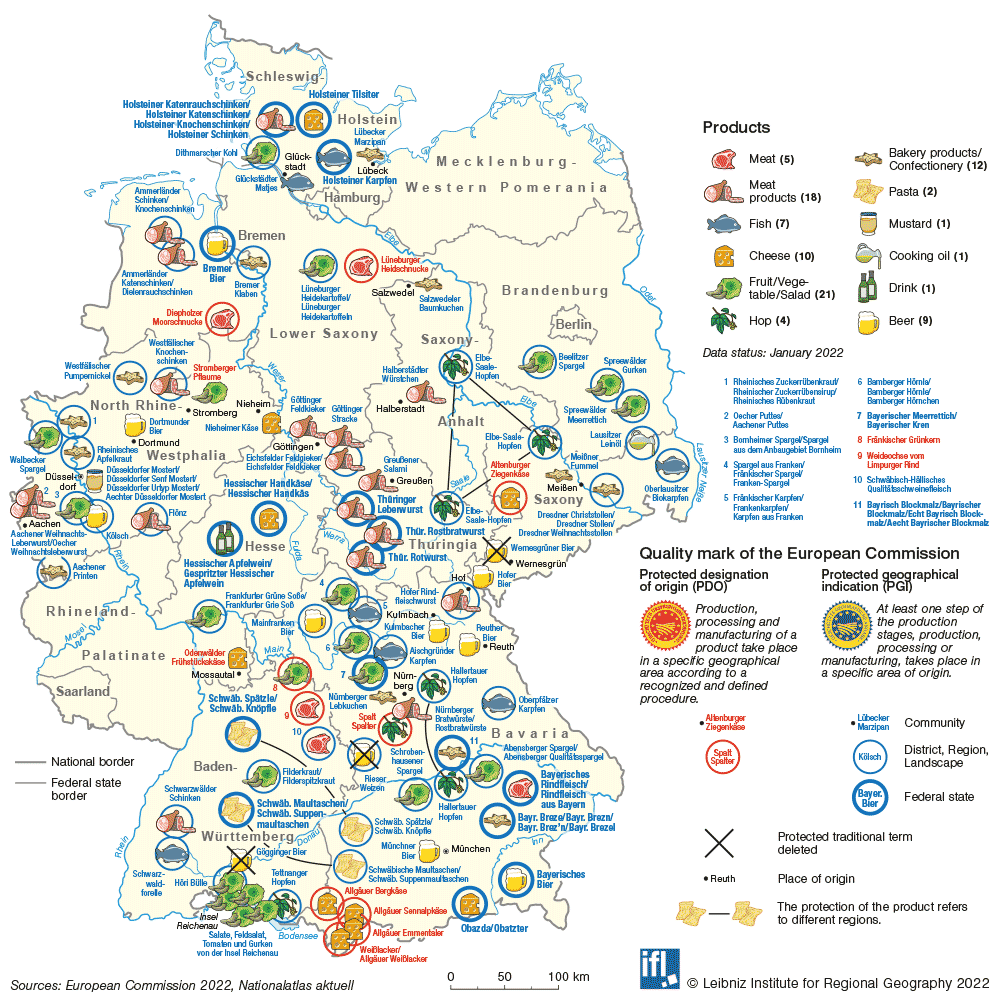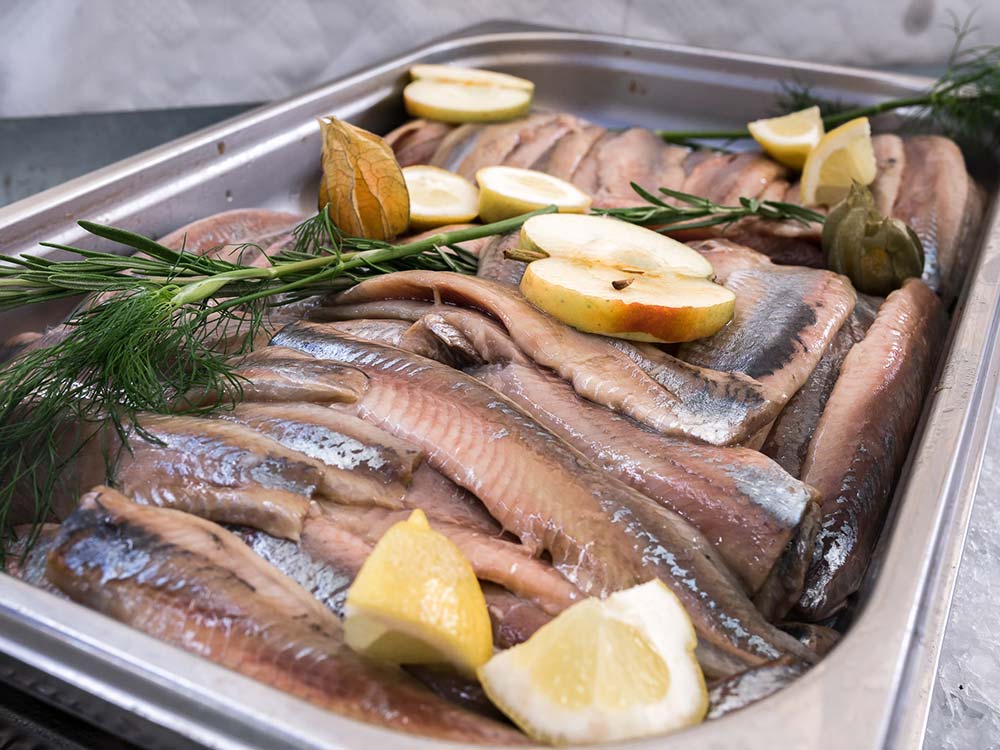
Glückstädter Matjes
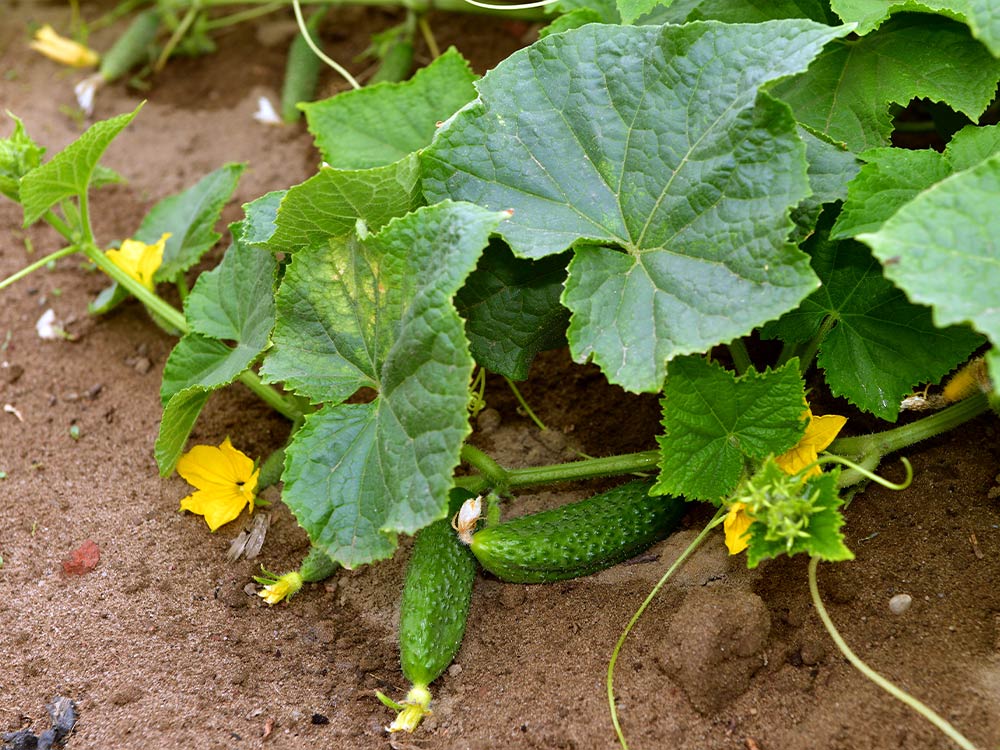
Spreewälder Gurken
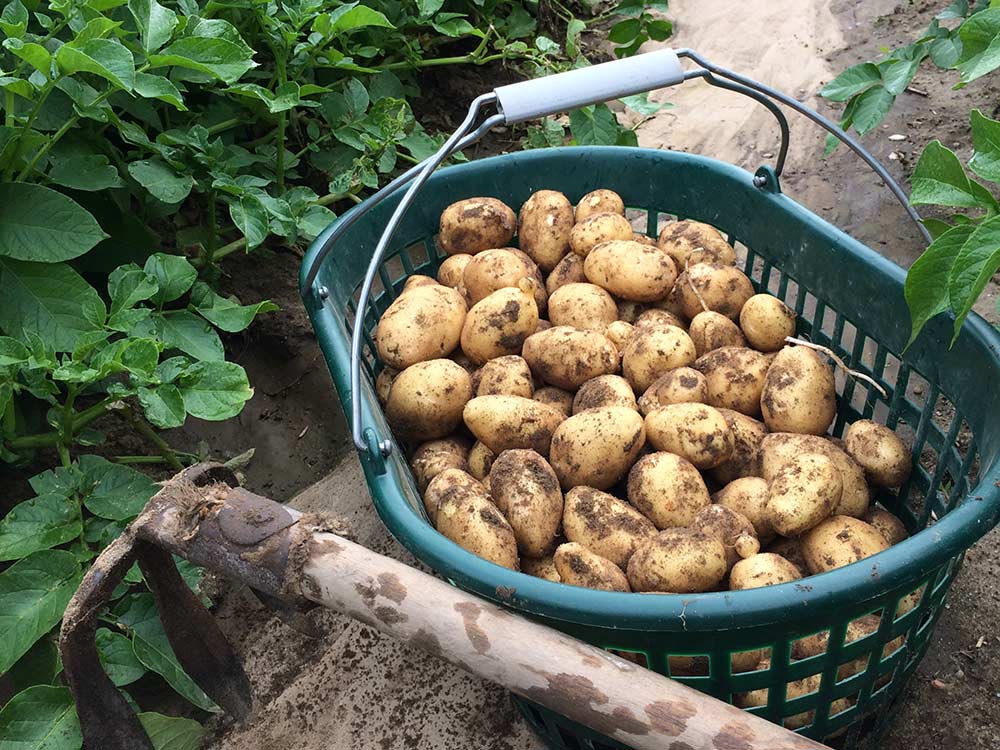
Lüneburger Heidekartoffeln
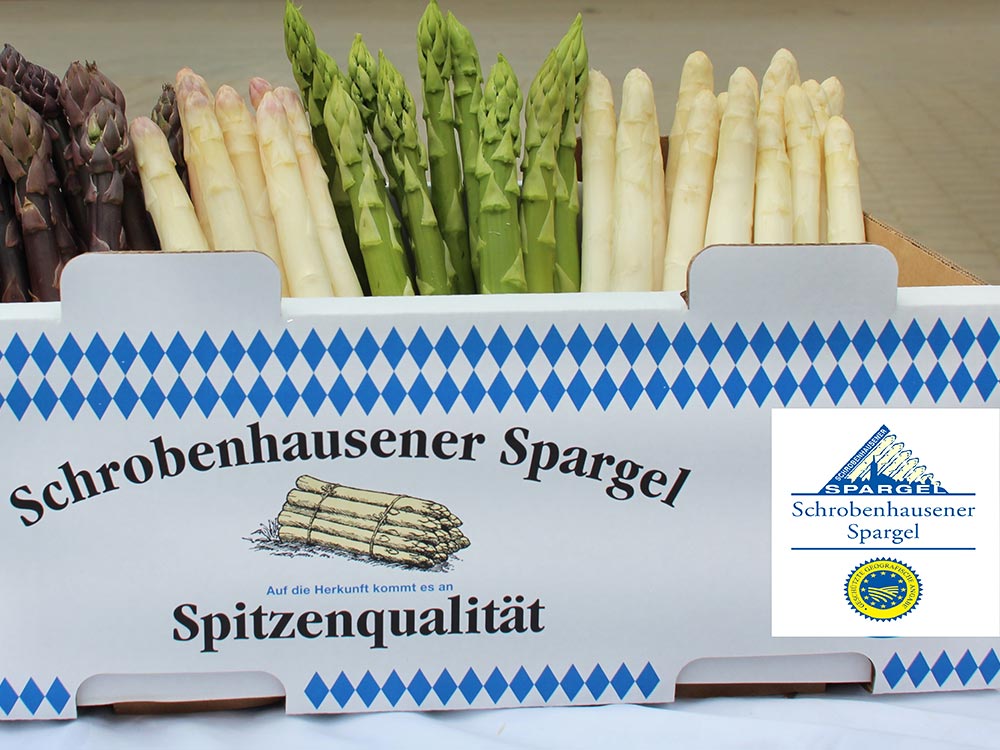
Schrobenhausener Spargel

Münchner Bier
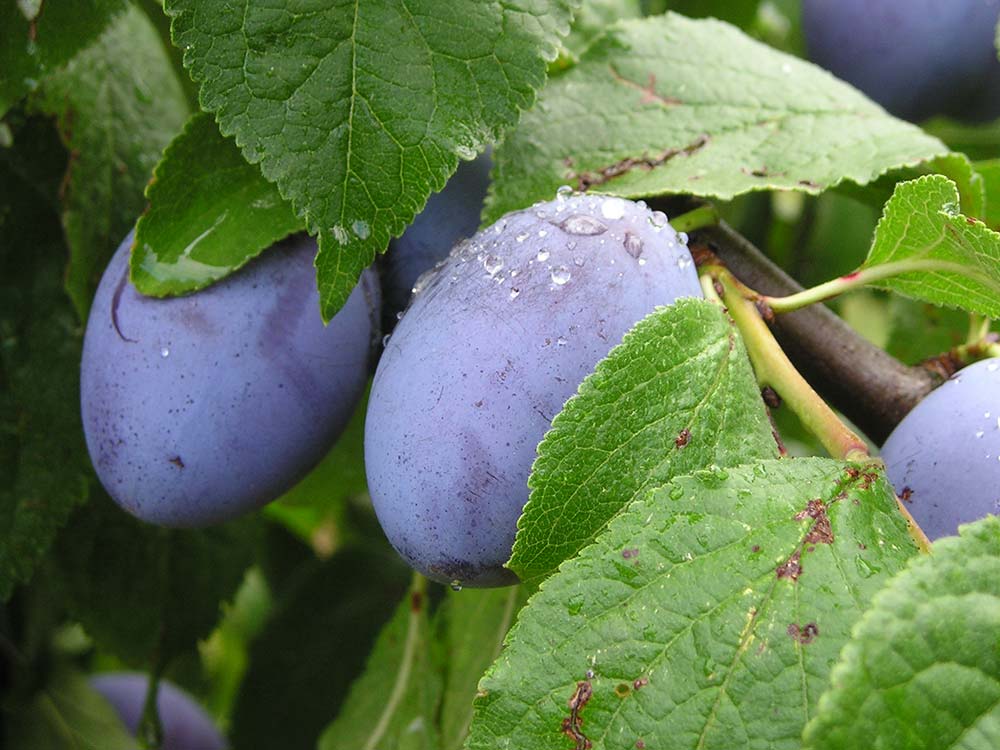
Stromberger Pflaume
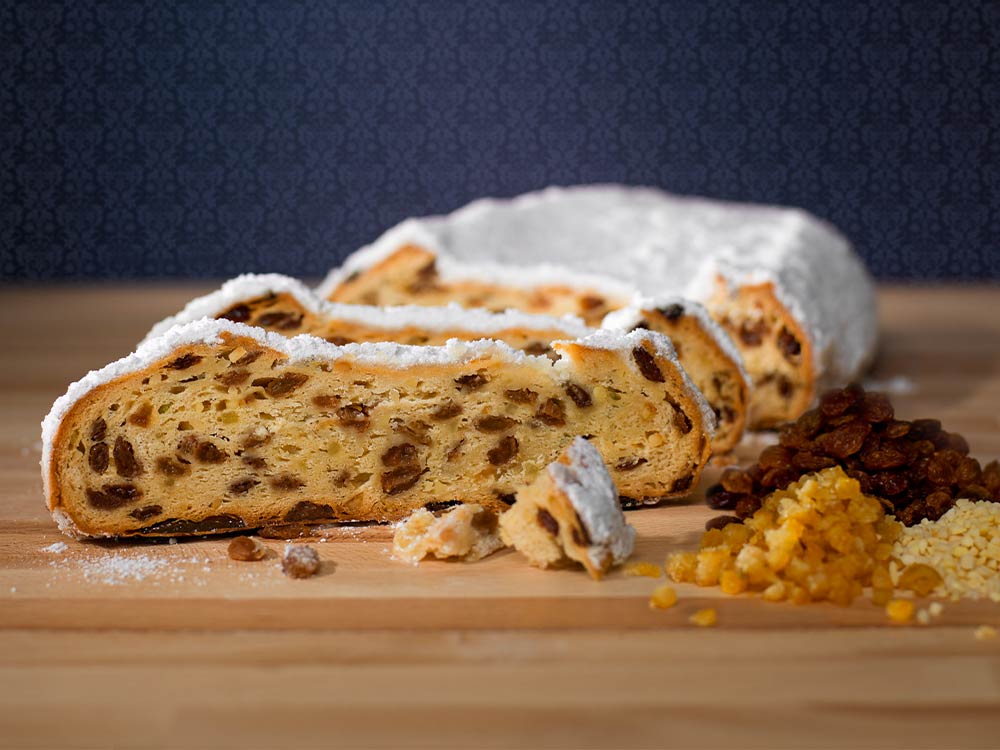
Dresdner Christstollen (Dresden christstollen)
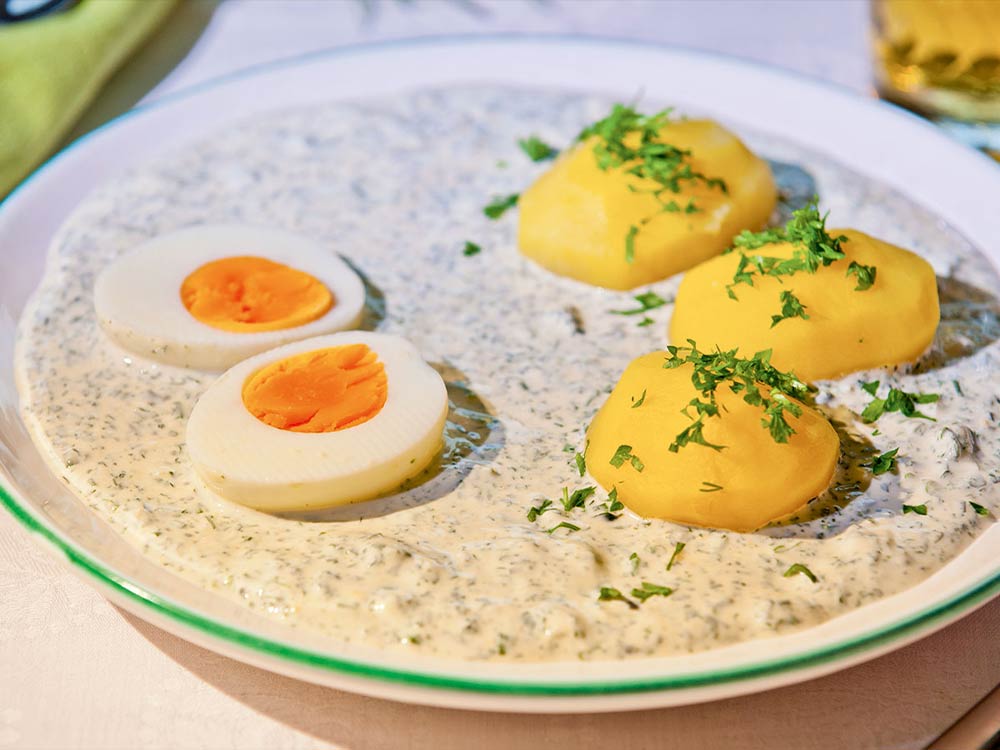
Frankfurter Grüne Soße (Frankfurt green sauce)
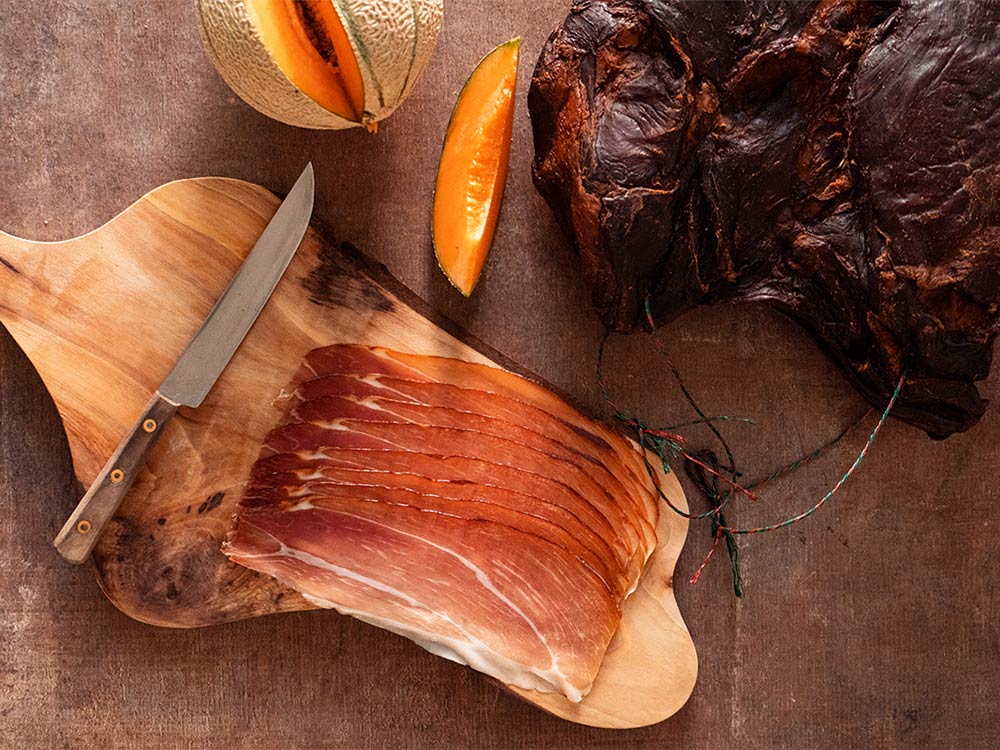
Schwarzwälder Schinken (Black Forest Ham)
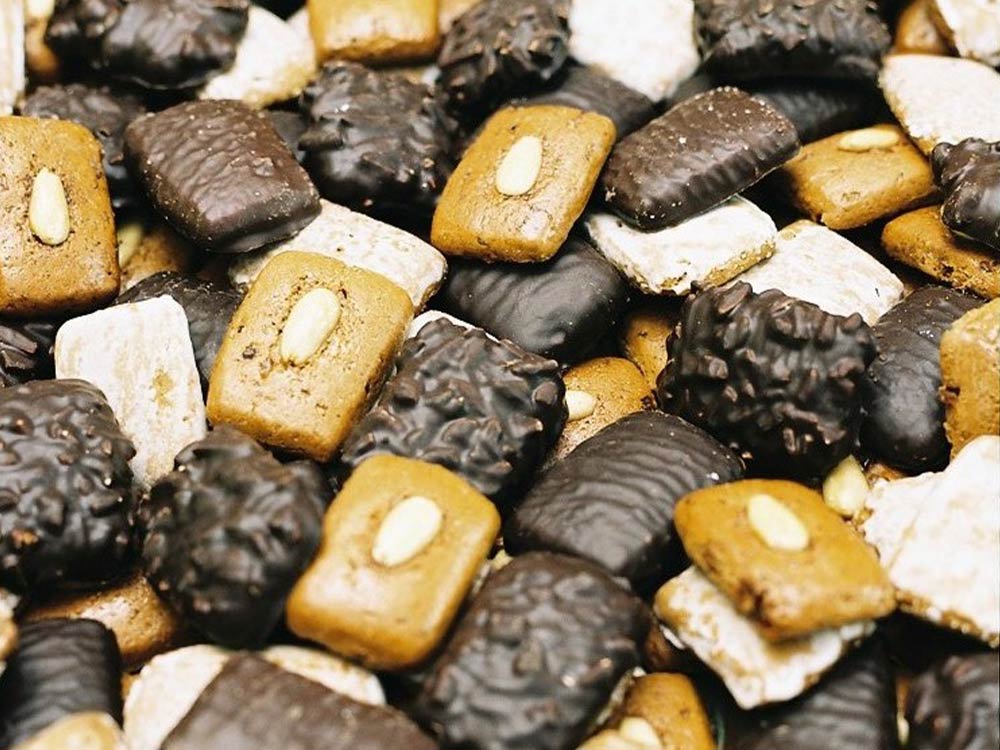
Aachener Printen
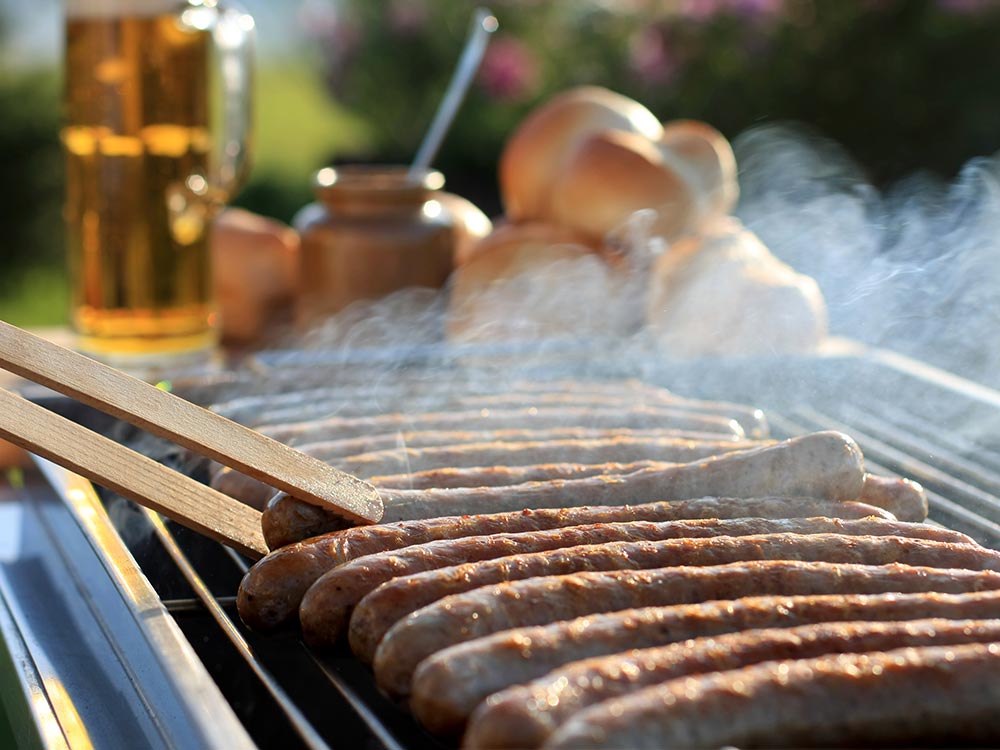
Thüringer Rostbratwurst (Thuringian grilled sausage)
In the second summer of the pandemic of 2021, travelling was not quite so easy. To spend the holiday in Germany was definitely a good idea. What culinary delights you can discover in the process is also evident in the large number of regional specialities. So come with us on a culinary journey through Germany – from “Spreewälder Gurken” (pickled cucumbers) to the “Lüneburger Heidekartoffeln” (heath potatoes) to “Schrobenhausener Spargel” (asparagus).
All these foodstuffs are “indications of geographical origin”. These names of foodstuffs and agricultural products can be protected at the European level as “indications of geographical origin”.
It is characteristic of this IP right that the quality or reputation of a product is closely linked to its origin in a specific geographical area. For each product there is a product specification with a detailed description of the product. Only products that comply with these requirements may be marketed under that name.
For Germany, 92 products are currently registered as protected indications of geographical origin with the European Commission.
Let’s start our journey in the Far North with “Glückstädter Matjes” (soused herring). In Glückstadt on the lower Elbe river, the tradition of producing Matjes (soused herring) can be traced back to 1893, when the Glückstadt herring fishery started. Every year on the second Thursday in June, the Glückstadt Matjes Weeks begin here with the traditional Matjes bite. The entire production process must be carried out in the urban area of Glückstadt. Perhaps we should have a few “Spreewälder Gurken” (pickled cucumbers) to go with it? Theodor Fontane wrote about them in his travelogue “Wanderungen durch die Mark Brandenburg” (Rambles through Brandenburg).
This way, you could go on feasting with relish on regional specialities throughout Germany.
For example, the “Lüneburger Heidekartoffeln” (heath potatoes) from the region which is Germany’s largest potato-growing area since the mid-19th century. Thanks to the sandy soils, the heath potato grows particularly well in the Lüneburg Heath. The European Commission added the potato to the list of protected geographical indications of foodstuffs on 4 August 2010. Served together with “Halberstädter Würstchen” (sausages) and “Schrobenhausener Spargel” (asparagus) and accompanied by a “Münchner Bier” (Munich beer) — enjoy your meal!
And how about some “Stromberger Pflaumen” (plums) for dessert? The “Stromberger Pflaume” is a very old, mid- to late-season plum variety. Around 1790, it was brought to Rhineland-Palatinate from southern France and Spain by the district clerk and traveller Ludwig Niedieck and named after its new home. Since 2013, it has been registered as a “protected designation of origin”.
On our website you will find the detailed description of a “culinary summer’s journey through Germany” with suggestions, background information and recipes for many regional specialities.
The examination procedure for the application for registration of an indication of geographical origin is a two-stage process. First, the application is examined in a trade mark division of the DPMA as the competent national authority. After positive assessment, the application is forwarded by us to the European Commission for examination.
If the European Commission also confirms that the conditions for protection as a geographical indication are met, the IP right is registered and an entry is made in the eAmbrosia database.
The legal basis is Regulation (EU) No 1151/2012. Applicants can apply for PDO (protected designation of origin) status or PGI (protected geographical indication) status. For PDOs, there is a particularly close link between the characteristics of the product and its production in the region of origin. All stages of production must take place in this geographical region. For PGI status, it is sufficient if one of the production stages, for example processing, takes place in the region of origin.
In 2021, applications for the amendment of already protected names were filed. These concerned the indications of origin: “Meißner Fummel” (pastry, PGI) and “Fränkischer Karpfen” (fish, PGI). After positive conclusion of the examination, the DPMA forwarded the application for registration of “Obst vom Bodensee” (fruit) as PGI to the European Commission.
The application for the amendment of the specification of the PGI “Salzwedeler Baumkuchen” (cake) was approved by the European Commission.
The application for the registration of “Hiffenmark/Fränkisches Hiffenmark” (jam) as PGI, on which the Federal Patent Court had issued two decisions, was withdrawn in the procedure before the European Commission.
In the case “Spreewälder Gurken II” (pickled cucumbers), which dealt with the legitimate interest of a person filing an opposition to this PGI, the Federal Court of Justice overturned the previous decision of the Federal Patent Court and referred the case back.
Food with protected geographical status
